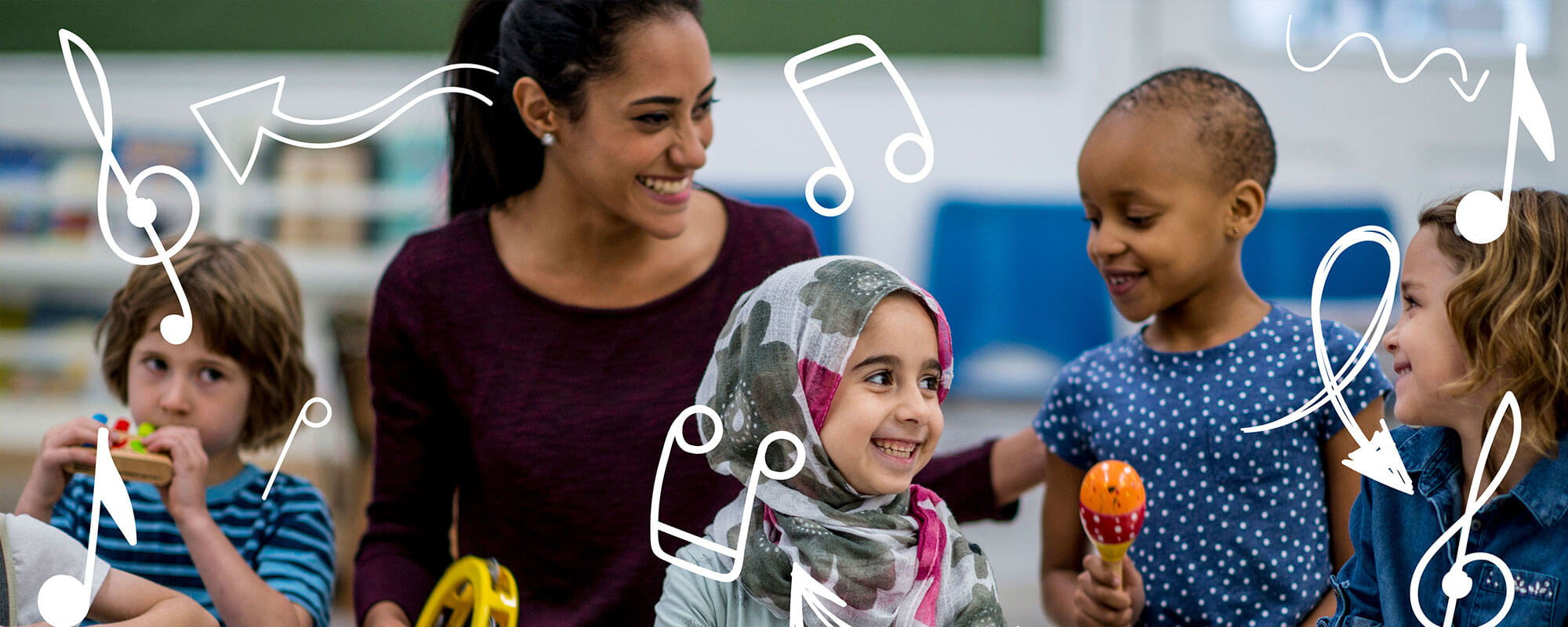
Ideas by Bridgeable
How to enhance government service experiences with behavioural economics
It’s no surprise that governments around the world—including here in Canada—are turning to BE to help understand behaviour change and inform policymaking. For example, groups like the Behavioural Insights Unit within the Government of Ontario are using BE to “help government design and re-design public services that better reflect how people respond to, engage with and use these services”.
Author
- Bridgeable
Human beings are inherently irrational, but predictably so. That’s the core principle behind the increasingly-popular field of study known as behavioural economics (BE). In contrast to more traditional economic theories that are firmly rooted in rationality, BE accepts that human behaviour is sometimes illogical and seeks to understand why that may be.
It’s no surprise that governments around the world—including here in Canada—are turning to BE to help understand behaviour change and inform policymaking. For example, groups like the Behavioural Insights Unit within the Government of Ontario are using BE to “help government design and re-design public services that better reflect how people respond to, engage with and use these services.”
BE is also rising in popularity overseas—the UK government is using BE to help solve widespread societal issues such as discouraging youths from carrying knives, encouraging citizens to recycle, and tackling binge drinking and obesity. Their Behavioural Insights Team is unofficially known as “the nudge unit.”
We also think that BE is a great tool and recently released our “Designing for Behaviour Change Toolkit” to help other designers leverage BE insights in their own work. However, we also believe that while BE is useful on its own, it becomes even more powerful when used in conjunction with a service design methodology.
To use an analogy, BE is like the notes of a song and service design is like the rhythm. A great song needs to get both the notes and the rhythm right in order to get people moving. Similarly, by using BE and service design together, we can “get it right” and orchestrate service experiences that promote desired behaviour change.
Hitting the right note
Behavioural economics is, by design, limited in scope. BE tends to focus on individual moments of decision-making and seeks to explain and understand why the choices made in these moments are irrational. For example, in a well-known study on organ donation, researchers Johnson & Goldstein found that countries where everyone was listed as an organ donor by default saw donation rates that were twice as high as nations that required their citizens to opt-in to organ donation. We understand from this research that people tend to pick the easiest option to avoid complex decisions—this is what behavioural economists call the “Default Bias.”
So, while BE can be useful for giving governments a general understanding of the reason for certain behaviours, it doesn’t provide a complete picture. By focusing so closely on a moment in the experience, it’s easy to overlook the sequence of events and other factors that impact the outcome. To understand how individual moments of decision-making fit into a larger experience, it’s necessary to engage another mode of thinking—this is where service design comes into play.
Orchestrating the entire experience
Service design moves quickly from insights to creating artifacts and interactions that can be tested as part of an end-to-end experience. By testing these larger service experiences, governments gain a better understanding of how the overall experience reinforces or counters the desired outcome of the service. We’ve seen this play out in our own work—for example, when we partnered with the Heart & Stroke Foundation to ensure their innovative national hypertension prevention program was rolled out successfully. A key element of this project was the testing of prototypes with end users in-situ by engaging with seniors at a community centre. Taking our designs into the real world allowed us to gather quick, spontaneous, and surprising feedback from potential users and helped test assumptions about our program, avoiding costly mistakes during roll-out.
In addition to engaging the people who use a service (e.g. the seniors in the community centre), service design also considers the needs of those who provide a service (in this case, the Heart & Stroke Foundation employees). In this way, individual interactions are seen through the lens of the front-line individuals delivering a service, allowing them to highlight and identify potential issues. By bringing the execution partners along for the journey as well, it dramatically increases the odds of initiatives being brought to life in the ways intended.
Now that you’ve seen how well these two disciplines can work together, perhaps it’s time to think like a great composer and experiment with using behavioural economics in harmony with service design.
Author
- Bridgeable
